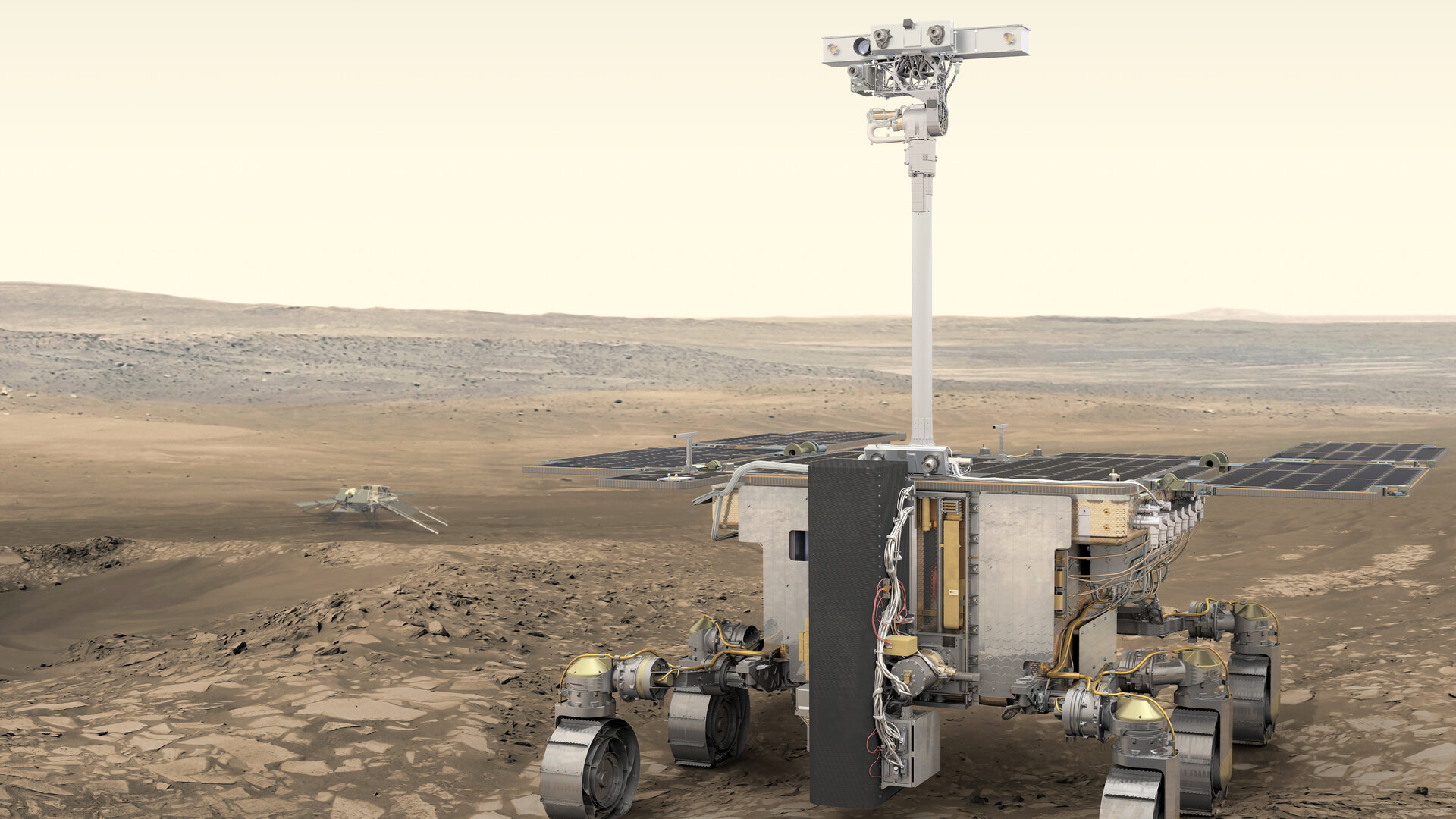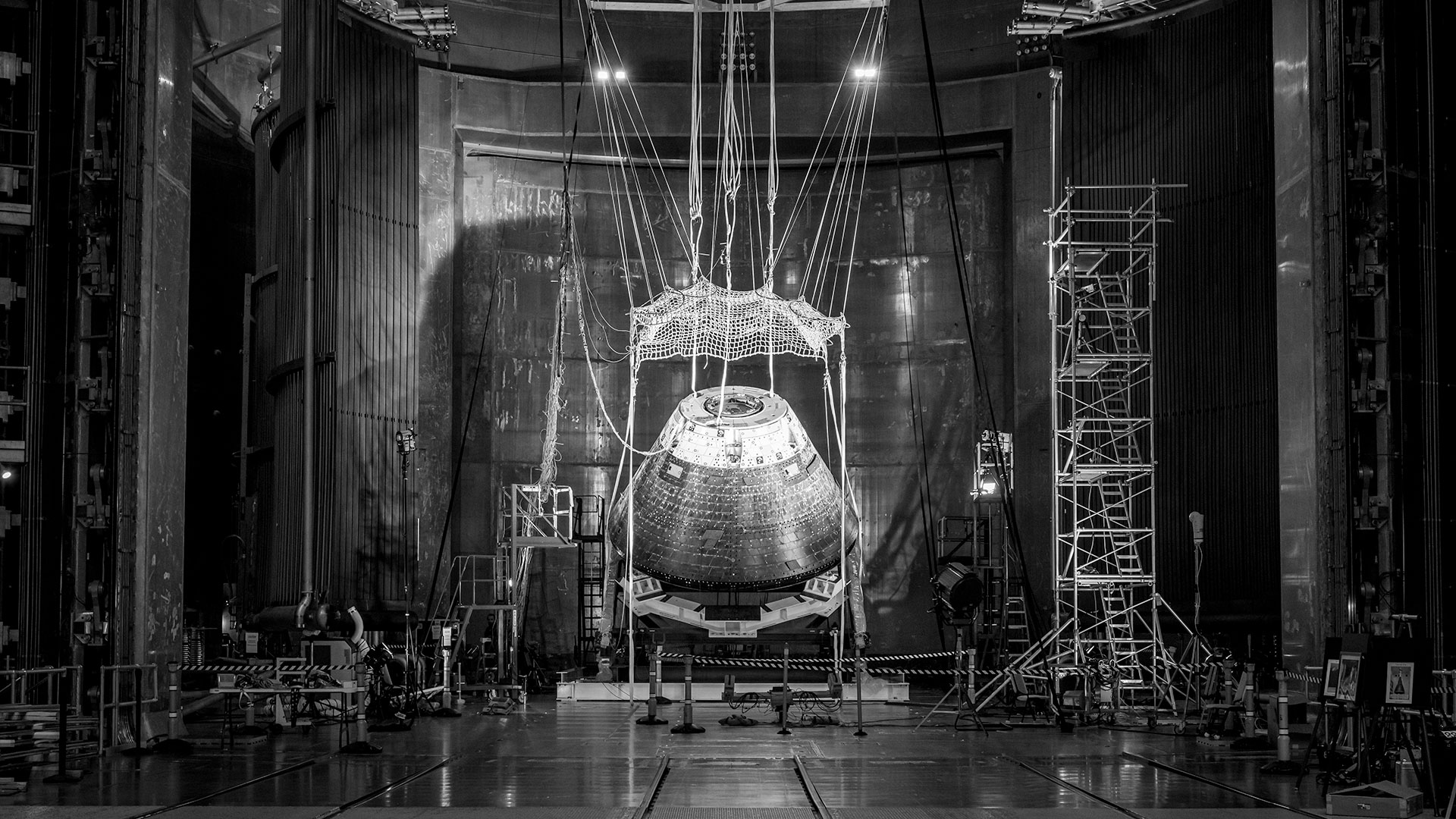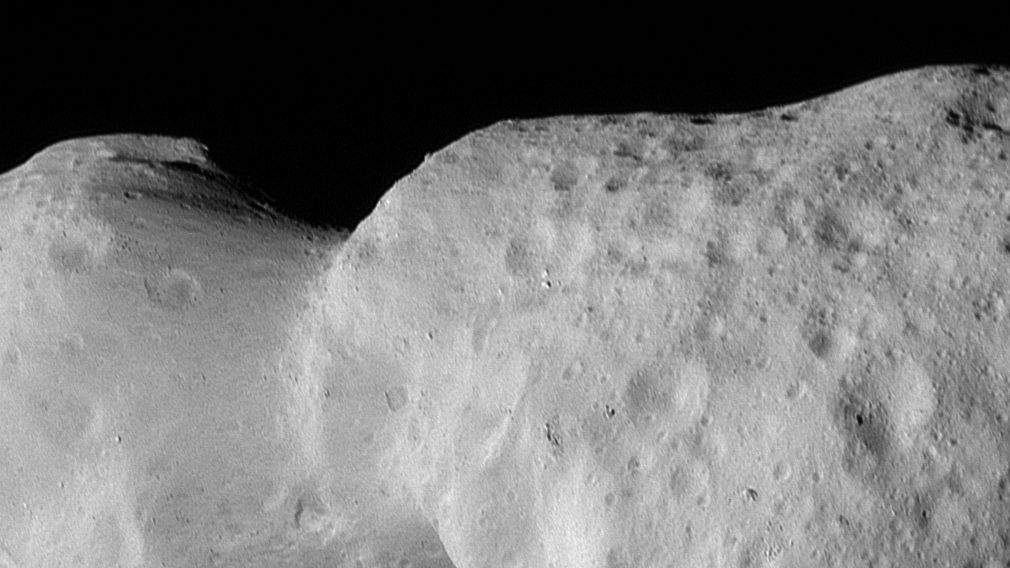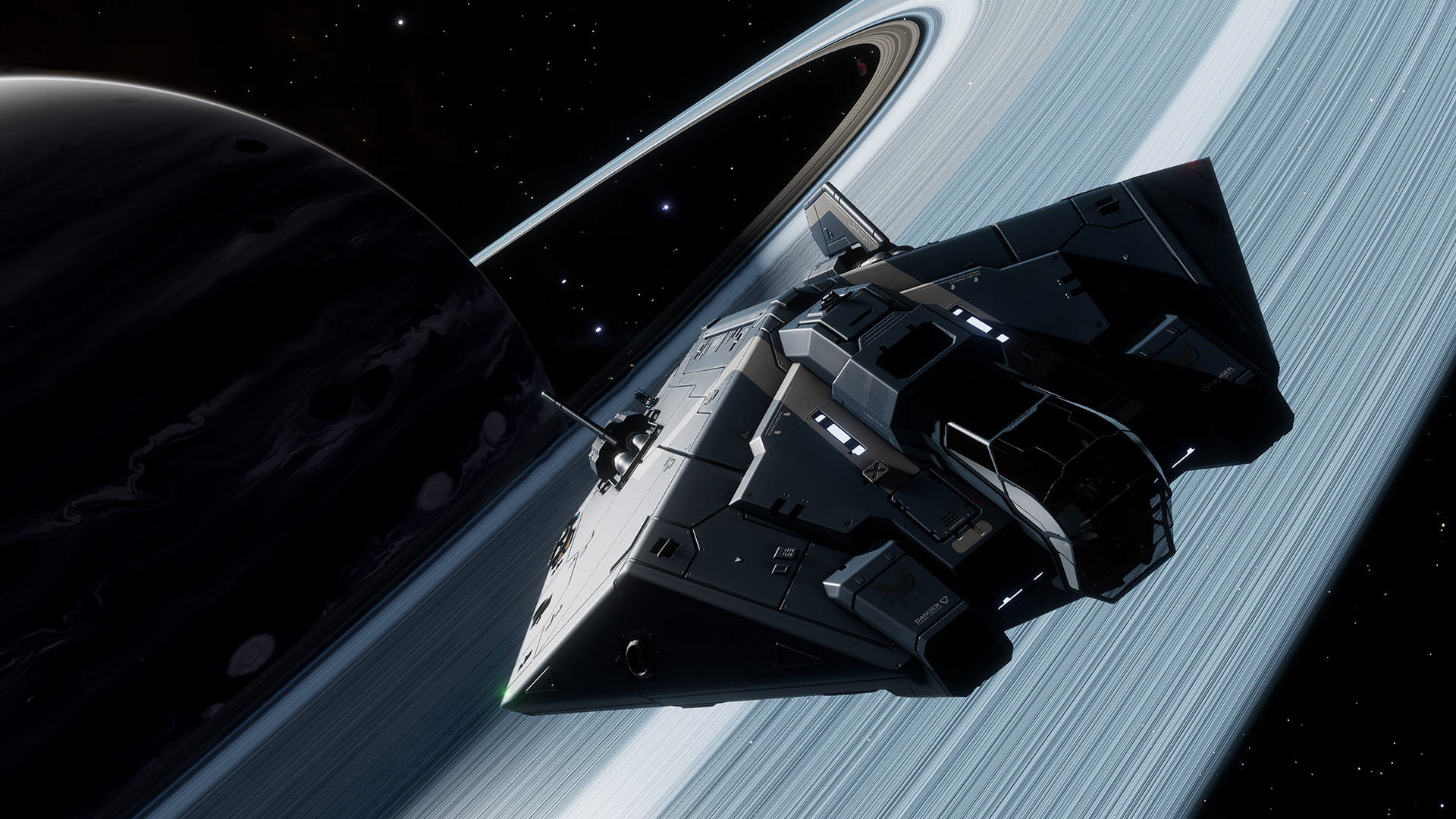Europe plans to launch advanced Mars lander in 2035
ESA wants to get ahead on the key tech needed for a precision landing on the Red Planet.

The European Space Agency (ESA) wants to develop key technologies for a Mars surface lander by the mid-2030s.
ESA is already planning to send the much-delayed, life-hunting Rosalind Franklin rover to Mars in the launch window opening in 2028. But the agency is already setting its sights on a more ambitious followup and wants to get started acquiring the necessary technologies and capabilities.
On Dec. 17, the agency issued a call for proposals titled "Advanced Entry, Descent, and Landing Capability on Mars," as first reported by European Spaceflight. It calls for Europe to "begin to advance developments of guided entry landers and their associated technologies, avoiding technological dead ends as the capability progresses." The mission aims for a high-precision landing, but no further details were made available.
The agency wants to get started early so as to "obtain enough elements on technology readiness, development timeline and budget estimates" to increase the mission’s chances of continuing after a key ESA ministerial meeting scheduled to take place in Bremen, Germany, in November.
"A second reason for timeliness is the fact that 2035 is the most favorable launch date in the next decade," the document states.
Related: Mars: Everything you need to know about the Red Planet
Launch windows to Mars are periods of a few weeks that open every 26 months — due to the relative positions of the planets — during which a spacecraft can launch for Mars using the least amount of fuel.
Get the Space.com Newsletter
Breaking space news, the latest updates on rocket launches, skywatching events and more!
ESA has more plans for the Red Planet. Its "Explore 2040" campaign includes LightShip, an electric propulsive tug that will deliver one or more passenger spacecraft to Mars, provide communications and navigation services, and be capable of carrying a range of scientific payloads.
Join our Space Forums to keep talking space on the latest missions, night sky and more! And if you have a news tip, correction or comment, let us know at: community@space.com.

Andrew is a freelance space journalist with a focus on reporting on China's rapidly growing space sector. He began writing for Space.com in 2019 and writes for SpaceNews, IEEE Spectrum, National Geographic, Sky & Telescope, New Scientist and others. Andrew first caught the space bug when, as a youngster, he saw Voyager images of other worlds in our solar system for the first time. Away from space, Andrew enjoys trail running in the forests of Finland. You can follow him on Twitter @AJ_FI.
-
Catastrophe Will Musk's be earlier?Reply
Musk has made statements on several occasions about aspirational dates for Starship's earliest possible Mars landing, including in 2022, that a crewed mission to Mars could take place no earlier than 2029.
Cat :) -
Cdr. Shepard Reply
This ESA "precision lander" is uncrewed, but yes, SpaceX will likely be landing boots before ESA lands a lander. They (ESA) are so woefully far behind in this multipolar space race, and so woefully unambitious. They're entirely unserious about space in general.Catastrophe said:Will Musk's be earlier?
Cat :)









